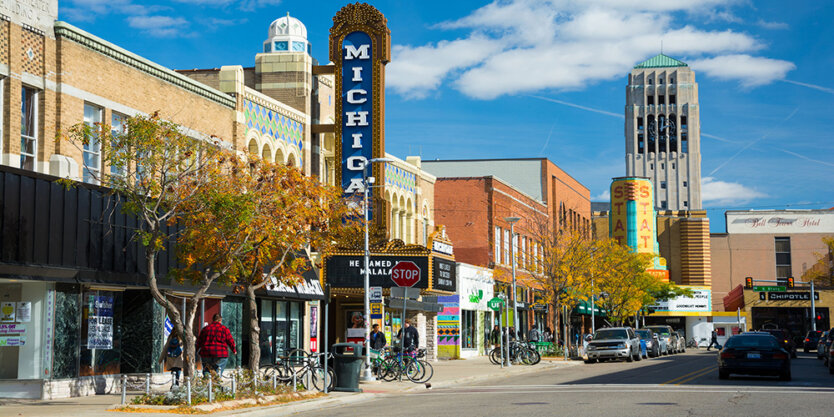Oxford is committed to diversity, equity and inclusion in our organization and the community.

Ann Arbor Real Estate in 2025: Top Trends Reshaping the Market
Ann Arbor Real Estate in 2025: Top Trends Reshaping the Market
Looking for insights into Ann Arbor real estate in 2025? Whether you’re a buyer, investor, or just tracking real estate trends, the experts at Oxford Companies have gathered the top trends reshaping Ann Arbor MI real estate this year.
Ann Arbor’s real estate landscape is transforming before our eyes. With construction cranes dotting the skyline and innovative projects breaking ground, investors and homebuyers need to understand what’s driving this evolution. Here’s your insider look at the forces reshaping one of Michigan’s hottest markets.
1. The Supply-Demand Imbalance Reaches Critical Levels
Let’s talk numbers: Ann Arbor’s average home price now stands at $549,000 – a whopping 78% above the Michigan average. Why? Simple economics. The area needs approximately 10,000 additional housing units to meet current demand, according to local housing experts.
This shortage doesn’t just affect homebuyers. Renters face average monthly costs of $1,642 – significantly higher than neighboring cities like Grand Rapids ($1,440) or Detroit ($1,320). For those exploring Ann Arbor real estate investment, this translates to steady appreciation and rental income potential, despite the recent uptick in vacancy rates to 6.9%.
2. Commercial Properties Get Residential Makeovers
The most visible transformation is happening at Briarwood Mall, where Simon Property Group and Hines Interests are converting underutilized parking lots into a 370-unit apartment complex. This $130 million project signals a broader trend: retail spaces reinventing themselves as mixed-use destinations.
Smart investors are watching these commercial-to-residential conversions closely. With e-commerce continuing to pressure brick-and-mortar retail, expect more shopping centers to follow suit – quickly changing the commercial side of Ann Arbor real estate and creating new residential opportunities.
3. Innovative Construction Methods Gain Traction
The $140 million Southtown development near the University Golf Course isn’t just another apartment complex – it’s Michigan’s largest mass timber building. This construction method uses engineered wood products that offer comparable strength to concrete and steel while reducing carbon footprint.
What does this mean for the market? Potentially lower construction costs, faster build times, and premium rents from sustainability-minded tenants. The development’s $30 million microgrid also points to growing interest in energy independence among high-end properties.
4. The University’s Pivotal Role Evolves
With 79% of University of Michigan students living off-campus, this institution has always been Ann Arbor’s market maker. Now, the university is changing its approach by adding 4,000 on-campus beds – potentially relieving some pressure on surrounding neighborhoods. This shift could affect both rental and resale activity across the Ann Arbor real estate market, especially in student-dense neighborhoods.
How Oxford Companies Can Help
Overall, Ann Arbor’s real estate market is entering a more stable and exciting phase, and local Ann Arbor insight has never been more valuable
At Oxford Companies, we manage over 2.4 million square feet of commercial space in Ann Arbor — and we do it with deep local insight and a passion for community growth.
Whether you’re looking to lease space, invest in a property, or just want to understand the market better, we’re here for you. Reach out today to jumpstart your commercial real estate investing in Ann Arbor!

